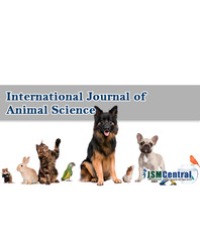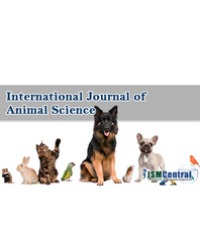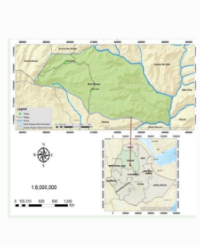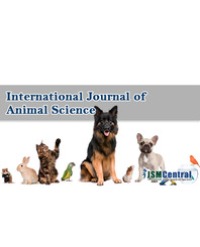
Assessment of Polycyclic Aromatic Hydrocarbons (PAHs) in Hardwood and Softwood - Smoked Fish
Two types of wood were investigated; Mahogany (Mellicae) and Bamboo (Mycapella) to smoke African catfish (Clarias gariapenus). The Polycyclic Aromatic Hydrocarbons (PAHs) in the experimental fish were extracted using solvents and Ultrasonication and were analyzed for 16 Polycyclic Aromatic Hydrocarbons using High Performance Liquid Chromatography (HPLC) with ultraviolet diode detector. There was no significant difference between the two woods investigated (p>0.05). From the analysis, the result showed that some of the toxic and dangerous PAHs (Benzo (a) Pyrene, Benzo (a) Anthracene, Benzo: (b) Fluoranthene and Benzo (g, h, i) Pyrene.) was Not Detected (ND) in both wood-smoked fish. Mahogany (Mellicae) and Bamboo (Mycapella) used in smoked fish are not detrimental to humans. The total level of PAHs in Mahogany was 1320.9µg/kg while the total level of PAHs in Bamboo is 2058.1µg/kg. It can be concluded that the use of Bamboo and Mahogany for the purpose of smoking Fish is recommended as both wood do not contain high level of PAHs.
Ezike CO* and Ohen JN




